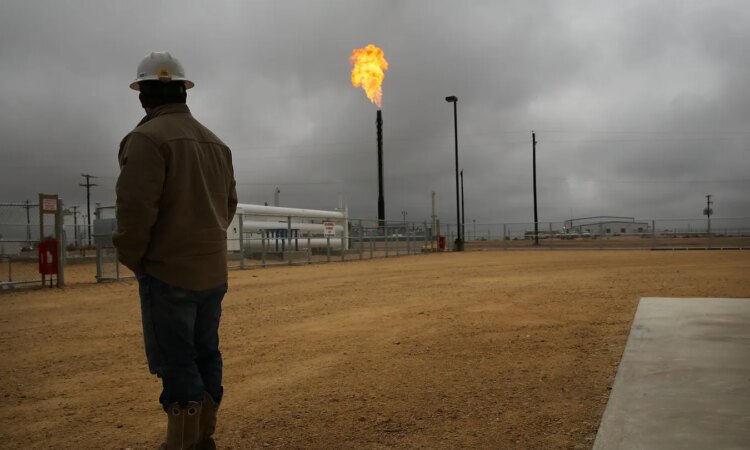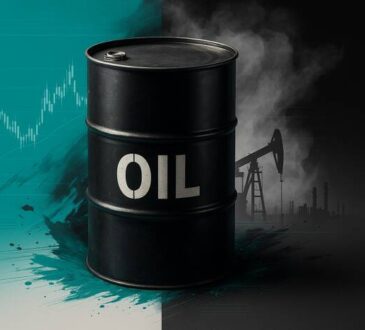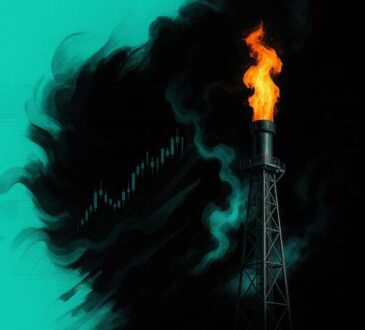
GARDEN CITY, TX – FEBRUARY 05: Flared natural gas is burned off at Apache Corporations operations at the Deadwood natural gas plant in the Permian Basin on February 5, 2015 in Garden City, Texas. Apache sends an estimated 50-52 million cubic feet per day of natural gas to this plant. As crude oil prices have fallen nearly 60 percent globally, many American communities that became dependent on oil revenue are preparing for hard times. Texas, which benefited from hydraulic fracturing and the shale drilling revolution, tripled its production of oil in the last five years. The Texan economy saw hundreds of billions of dollars come into the state before the global plunge in prices. Across the state drilling budgets are being slashed and companies are notifying workers of upcoming layoffs. According to federal labor statistics, around 300,000 people work in the Texas oil and gas industry, 50 percent more than four years ago. (Photo by Spencer Platt/Getty Images)
Getty Images
The energy stories dominating the news cycle today focus on gas prices tumbling to the 3.00 range nationally, while oil prices fall to multi-year lows due to oversupply concerns. These much-anticipated lower gas prices are a welcome sign to Americans who are feeling the pinch of across-the-board inflation, particularly with utilities and food prices. The thing that caught my eye today was the sharp increase in natural gas prices, which are up 13% due to colder weather forecasts. Market conditions continue to show volatility and limited supply, despite gas production remaining close to record levels. Weather has always been a driving force for prices when it comes to natural gas, but now even slight changes in weather have a much larger impact than they did historically, and that is because we have introduced new factors into the market that are permanent and will continue to drive natural gas prices higher in the future.
The Energy Information Administration’s Short Term Energy Outlook Report (October 7th, 2025) forecasts an increase of 5 billion cubic feet per day in U.S. liquified natural gas export capacity by the end of 2026, nearly 5% of total production. This could raise prices in a tight market unless natural gas output rises accordingly. Over a third of U.S. natural gas comes from oil wells, and with EIA predicting oil at $48 per barrel by next year, below the $60 break even for new drilling, increased production will be challenging. The Permian Basin is the world’s leading oil and gas producer, but it depends on higher oil prices to stay viable. If prices stay low as projected by the EIA, future growth will rely on natural gas, sidelining the Permian’s output. Appalachia, with the Marcellus and Utica basins, will play a major role in price stability, but current pipeline capacity is insufficient to handle increased gas production, which could reach its limit this year, according to AEGIS.
In addition to all of that, new data centers in the US are projected to add another .5 billion cubic feet per day of demand per year. All of this adds up to rising natural gas prices over the long term and continued increases in utility bills, not only for natural gas customers but for everyone who purchases electricity generated by natural gas. The EIA is projecting natural gas prices to reach 4.00 by the end of 2026, but they could be much higher than that. The irony of this scenario is that the longer we enjoy lower gasoline prices at the pump due to the oversupply of oil, the longer we may suffer from higher natural gas prices if we can’t meet the demand due to break-even prices in the Permian Basin. If there is any silver lining here, it’s that US oil companies will be able to offset coming losses from oil prices with natural gas sales. Not only could this save some jobs in the industry, which is currently bleeding them, but also ensure we can bring production back on quickly when the lower prices recede.





